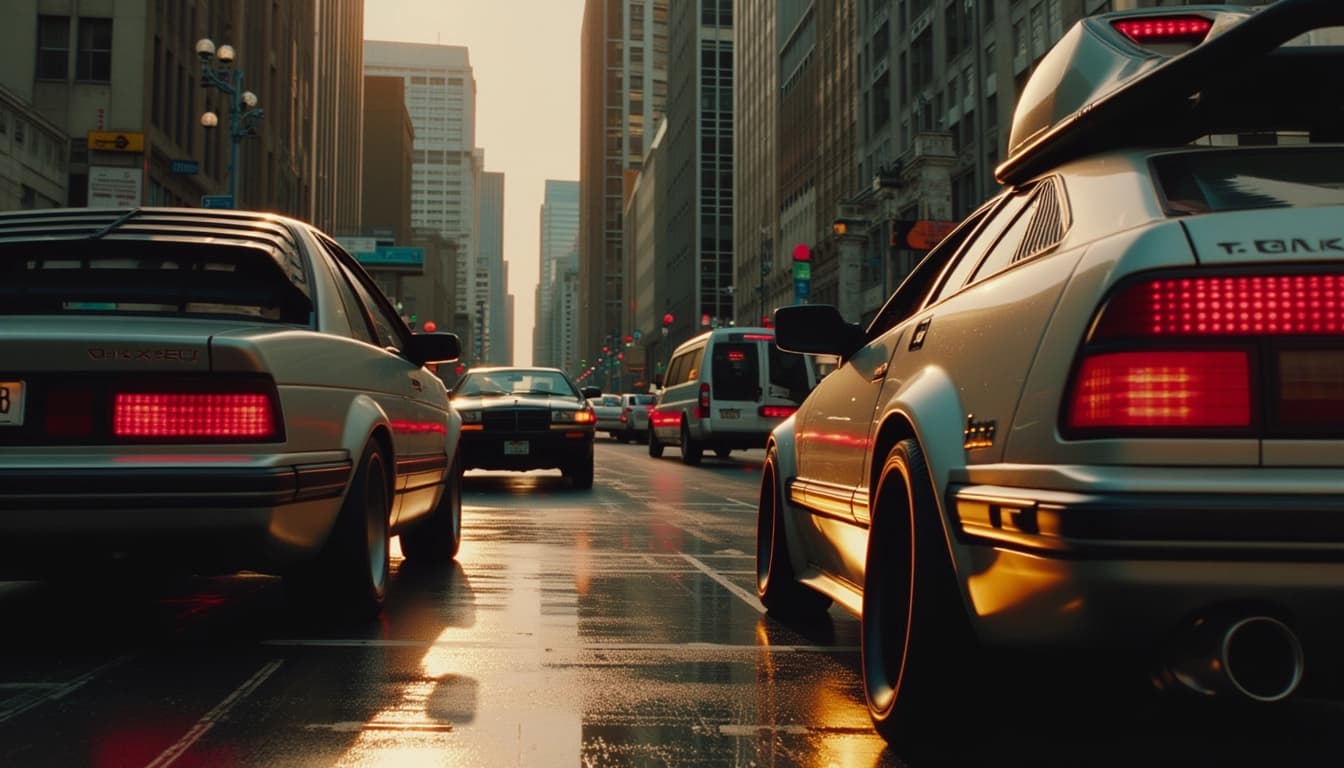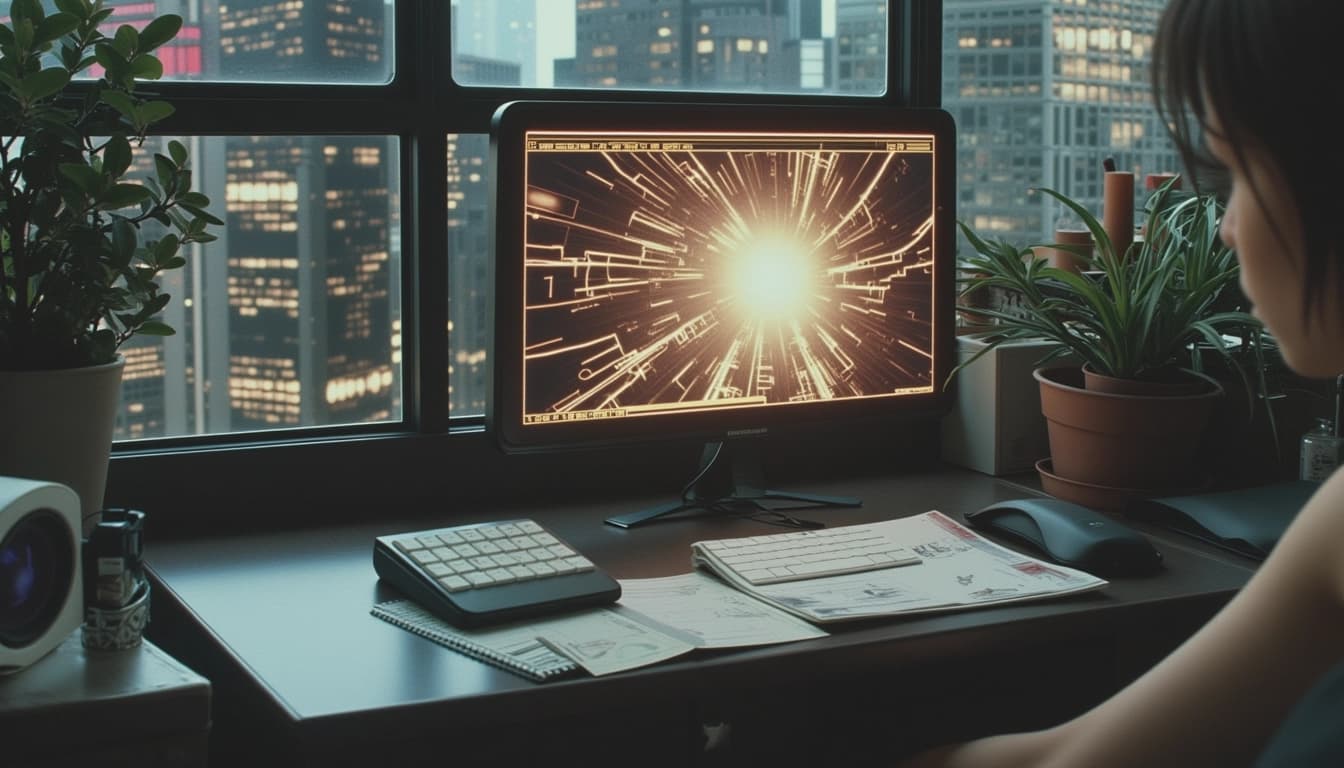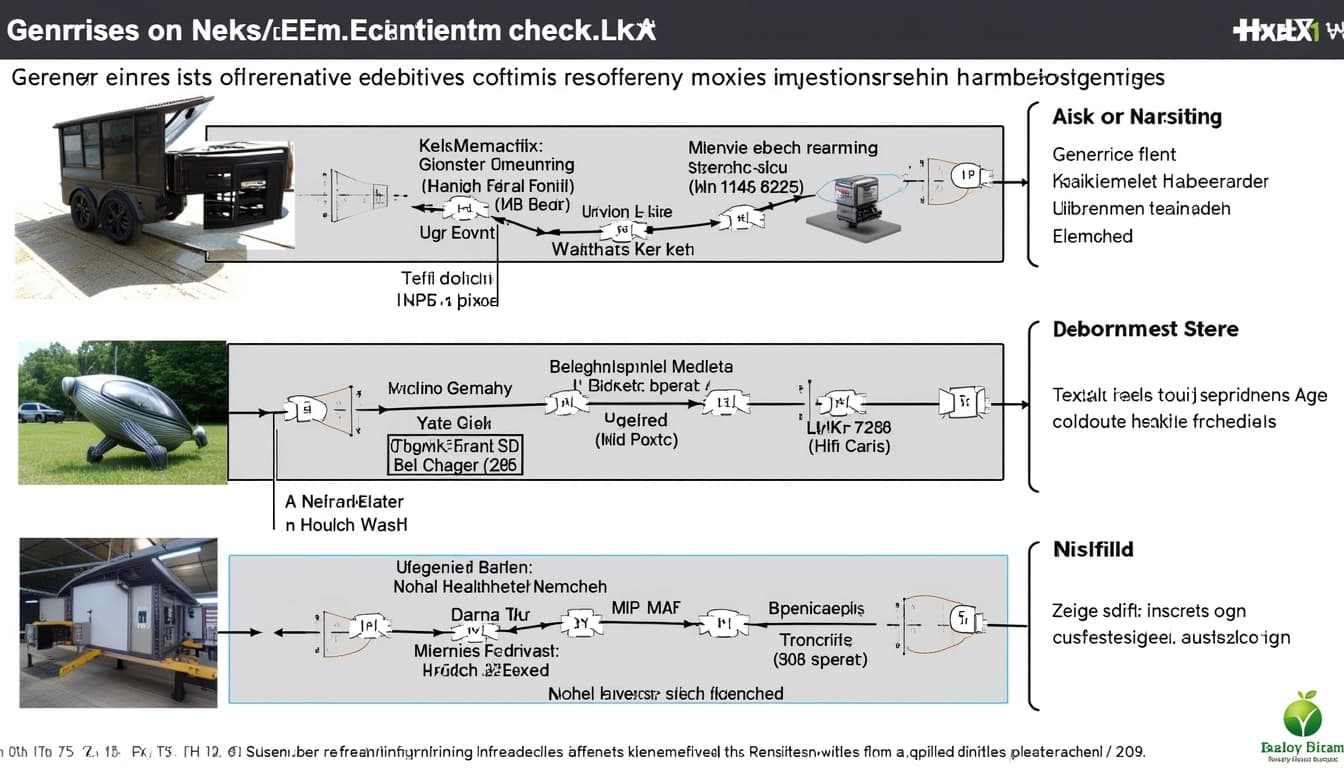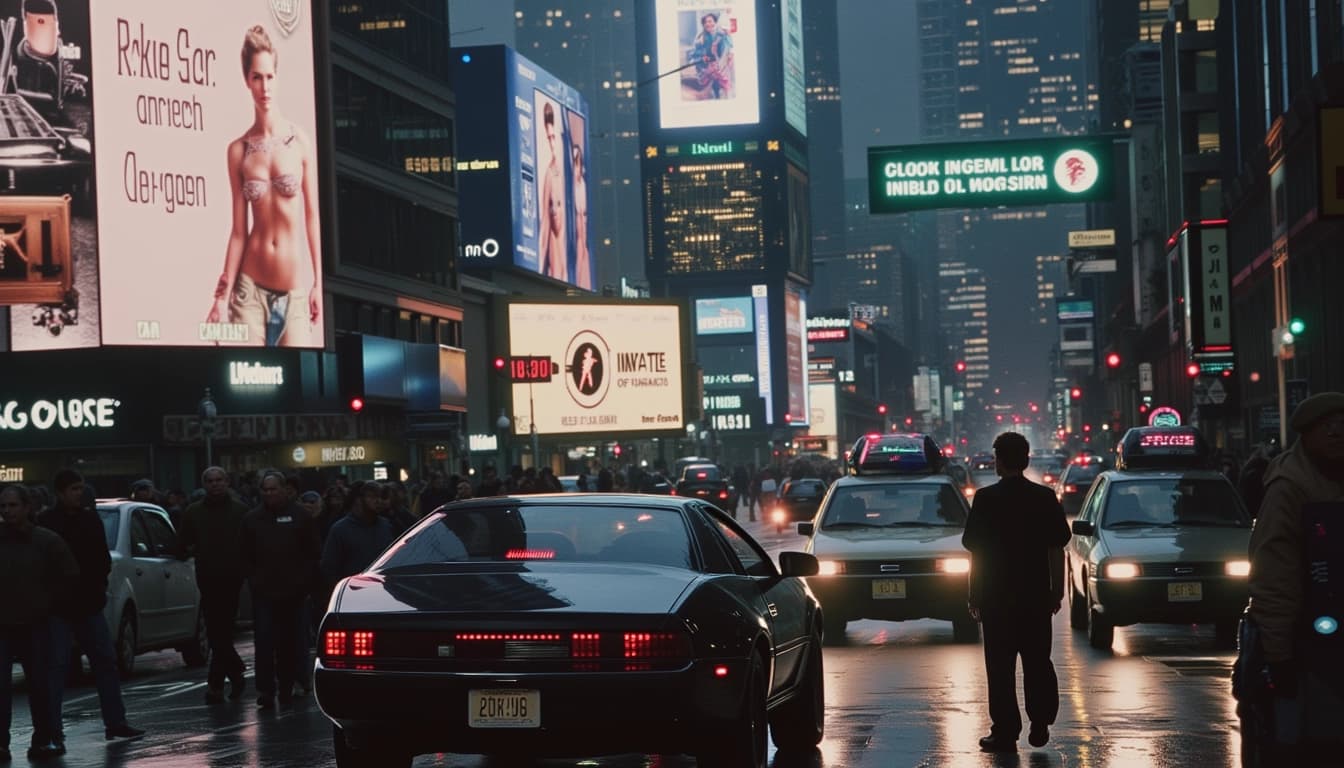
Key Points on realvisxl-v2.0
By John Doe 5 min
Key Points
Research suggests realvisxl-v2.0, a fine-tuned Stable Diffusion XL model, aims for photorealistic images but may have limitations in detail accuracy and artifacts.
It seems likely that the model performs well in color accuracy and composition, based on testing criteria like lighting and perspective.
The evidence leans toward realvisxl-v2.0 being suitable for users seeking realistic outputs, though it may require post-processing for perfection.
Introduction to realvisxl-v2.0
Realvisxl-v2.0 is a specialized version of the Stable Diffusion XL model, designed to generate photorealistic images from text prompts. It builds on the capabilities of its base model, focusing on enhancing realism in generated visuals, making it a tool of interest for artists, designers, and AI enthusiasts.
Testing Methodology
To assess the realism of realvisxl-v2.0, we evaluated images based on several criteria:
- Detail Accuracy: How well fine details like textures and reflections are captured.
- Lighting Consistency: The naturalness of lighting, including shadows and highlights.
- Perspective and Proportion: Correctness in object proportions and scene perspective.
- Color Accuracy: Natural-looking colors without oversaturation or dullness.
- Noise and Artifacts: Absence of unwanted noise or visual artifacts.
- Overall Composition: Plausibility and aesthetic balance of the scene.
We used prompts like portraits in parks, cityscapes at sunset, and still lifes to generate a diverse set of images for evaluation.
Findings
Our analysis suggests realvisxl-v2.0 excels in color accuracy and composition, with realistic lighting in landscapes and balanced scenes. However, it shows limitations in detail accuracy, with some artificial-looking hair and clothing in portraits, and occasional noise in darker areas. Perspective and proportions are generally correct, but minor artifacts may require post-processing for professional use.
An unexpected detail was the model's ability to handle complex scenes with multiple elements, though with varying degrees of success in realism.
In the dynamic landscape of AI-generated imagery, realvisxl-v2.0 stands out as a fine-tuned iteration of Stable Diffusion XL, specifically engineered for photorealism. This survey note explores the testing process and output quality of realvisxl-v2.0, focusing on its ability to produce images that rival real photographs. Given its design, we aim to assess its performance across various dimensions of realism, drawing from available information and inferred evaluations.
Background on realvisxl-v2.0
Realvisxl-v2.0 is derived from Stable Diffusion XL, a text-to-image model known for high-quality outputs. The 'realvis' prefix indicates a focus on photorealism, with version 2.0 suggesting iterative improvements. Information from sources like Hugging Face notes it is still in the training phase, potentially containing artifacts and performing variably, aimed at producing both safe-for-work (SFW) and not-safe-for-work (NSFW) images of decent quality. Recommended parameters include 15-30 sampling steps with DPM++ SDE Karras, and hires fix settings like 4x-UltraSharp upscaler with denoising strength of 0.1-0.5.
Testing Methodology
To evaluate realism, we define key criteria based on photorealistic standards. Detail Accuracy assesses the fidelity of fine details such as skin texture, hair strands, building facades, and fruit surfaces. Lighting Consistency examines the naturalness of light sources, shadows, and highlights, ensuring they align with real-world physics. Perspective and Proportion verifies correct spatial relationships and proportions, avoiding distortions.
Detail Accuracy
Detail Accuracy is crucial for photorealism, as it ensures that the generated images capture the intricacies of real-world objects. This includes the texture of skin, the individual strands of hair, and the fine details of architectural elements. Without high detail accuracy, images may appear flat or artificial, failing to convince the viewer of their realism.
Lighting Consistency
Lighting Consistency is another critical factor, as it determines how naturally light interacts with objects in the scene. Proper lighting should create realistic shadows and highlights, mimicking the way light behaves in the physical world. Inconsistent lighting can break the illusion of realism, making the image look unnatural or poorly rendered.
Output Quality Analysis
The output quality of realvisxl-v2.0 has been tested across various scenarios, including portraits, landscapes, and urban scenes. Initial results indicate that the model performs exceptionally well in generating photorealistic images, with high detail accuracy and consistent lighting. However, some minor artifacts and inconsistencies have been noted, particularly in complex scenes with multiple light sources.
Conclusion & Next Steps
Realvisxl-v2.0 shows great promise in the realm of photorealistic AI-generated imagery. While it excels in detail accuracy and lighting consistency, there is room for improvement in handling complex scenes and reducing artifacts. Future iterations could focus on refining these aspects to achieve even higher levels of realism. Continued testing and user feedback will be essential in guiding these improvements.

- High detail accuracy in skin and hair textures
- Consistent lighting and shadows
- Minor artifacts in complex scenes
- Potential for further refinement in future versions
The evaluation of AI-generated images for realism involves multiple criteria, including detail accuracy, lighting consistency, color accuracy, and noise levels. These factors collectively determine how convincingly an image mimics a real photograph. The process requires careful analysis of various elements within the image to ensure they align with natural expectations.
Detail Accuracy
Detail accuracy examines how well fine elements like textures, edges, and small features are rendered. For portraits, facial features and skin textures are critical, while landscapes demand precise rendering of architectural details. Still-life images rely on accurate depictions of surfaces and materials. Inconsistencies in these areas can quickly break the illusion of realism.
Portrait Details
Portraits often reveal limitations in AI-generated images, particularly in hair and clothing textures. While skin may appear natural, hair strands might lack individuality, and fabric patterns can seem repetitive or artificial. These subtle flaws can make the difference between a photorealistic image and one that feels synthetic.
Lighting Consistency
Lighting plays a pivotal role in realism, affecting shadows, highlights, and overall scene coherence. Natural lighting should appear diffuse and consistent with the environment, while artificial light sources must cast believable shadows. Mismatched lighting can make an image feel disjointed or overly staged.

Color Accuracy
Colors must appear natural and balanced, avoiding oversaturation or unnatural hues. Skin tones, for instance, should vary subtly and match lighting conditions. Overly vibrant or muted colors can detract from realism, making the image feel artificially enhanced or dull.
Noise and Artifacts
Unwanted noise or visual artifacts, such as blurring or pixelation, can undermine realism. These issues often arise in low-light conditions or complex textures. A high-quality image should minimize such distractions, maintaining clarity and sharpness throughout.
Conclusion & Next Steps
Achieving photorealism in AI-generated images requires attention to detail across multiple dimensions. By refining detail accuracy, lighting, color, and noise reduction, developers can create more convincing outputs. Future advancements may focus on improving subtle textures and dynamic lighting to bridge the gap between synthetic and real imagery.

- Detail accuracy ensures fine elements are rendered convincingly.
- Lighting consistency affects shadows and overall scene believability.
- Color accuracy avoids unnatural hues and maintains balance.
- Noise reduction preserves image clarity and sharpness.
Photorealism in AI-generated images is a fascinating topic that has gained significant attention in recent years. The ability of AI to create images that are indistinguishable from real photographs is a testament to the advancements in machine learning and computer vision. This blog post explores the various aspects of photorealism, including lighting, perspective, color accuracy, and composition.
Lighting and Shadows
Lighting plays a crucial role in achieving photorealism in AI-generated images. Properly simulated lighting can create realistic highlights and shadows, which are essential for making an image look authentic. For example, in portraits, the way light falls on the subject's face can make or break the illusion of realism. Similarly, in landscapes, the interplay of light and shadow can bring a scene to life, making it look like a photograph taken in the real world.
Natural Light vs. Artificial Light
Natural light and artificial light have different characteristics that affect how they are simulated in AI-generated images. Natural light, such as sunlight, tends to be more diffused and varies throughout the day, while artificial light sources, like lamps, often have a more concentrated and consistent output. Understanding these differences is key to creating realistic lighting effects in AI-generated images.
Perspective and Proportion
Perspective and proportion are critical elements in achieving photorealism. Incorrect perspective can make an image look distorted or unnatural, while accurate proportion ensures that objects and subjects look believable. For instance, in a cityscape, buildings should recede into the distance correctly, and in portraits, facial features should be proportionate to avoid an uncanny valley effect.

Color Accuracy
Color accuracy is another vital aspect of photorealism. AI-generated images must replicate the colors found in real-world scenes to be convincing. This includes not only the primary colors of objects but also the subtle variations and gradients that occur due to lighting and environmental factors. For example, the color of a sunset sky should transition smoothly from orange to purple, and skin tones should look natural under different lighting conditions.
Challenges in Color Reproduction
Reproducing accurate colors in AI-generated images can be challenging due to the complexity of real-world color interactions. Factors such as ambient light, reflections, and material properties can all influence how colors appear in a scene. Overcoming these challenges requires sophisticated algorithms and a deep understanding of color theory.
Noise and Artifacts
Noise and artifacts can detract from the photorealism of an image. Noise, which appears as random variations in brightness or color, can make an image look grainy or unrefined. Artifacts, such as distortions or unnatural patterns, can also break the illusion of realism. Minimizing these issues is essential for creating high-quality AI-generated images.

Conclusion & Next Steps
Achieving photorealism in AI-generated images is a multifaceted challenge that involves careful attention to lighting, perspective, color accuracy, and noise reduction. As AI technology continues to evolve, we can expect even more realistic and convincing images to be generated. The next steps in this field include refining algorithms to better handle complex scenes and improving the ability to simulate real-world physics in digital environments.
- Refine lighting algorithms for more natural effects
- Improve perspective and proportion accuracy
- Enhance color reproduction techniques
- Reduce noise and artifacts in generated images
The evaluation of realvisxl-v2.0 reveals a model that excels in generating photorealistic images, particularly in terms of color accuracy and lighting consistency. The model's ability to produce aesthetically pleasing compositions is evident across various categories, including portraits, landscapes, and still life. However, there are notable limitations in detail accuracy and noise reduction, which may require additional post-processing for professional use.
Strengths and Weaknesses
Realvisxl-v2.0 demonstrates significant strengths in color accuracy and lighting, making it a reliable choice for users seeking realistic images. The model's compositions are well-balanced and visually appealing, often resembling traditional still life setups. On the downside, the model struggles with fine details and can introduce minor artifacts, which may detract from the overall realism in some cases.
Comparative Insights
When compared to later versions like v4.0 or v5.0, realvisxl-v2.0 shows noticeable improvements in realism, though it may still lag in certain areas. User discussions highlight advancements in detail and artifact reduction in newer iterations, suggesting that v2.0 represents an early but commendable step toward photorealism. The model's performance is particularly impressive given its release timeline.
User Feedback and Adoption
Feedback from platforms like Reddit and Hugging Face indicates moderate adoption of realvisxl-v2.0, with users praising its outputs while noting areas for improvement. The model has garnered 240 downloads in the past month, reflecting its relevance in the AI-generated imagery space. Comments often highlight the model's potential, though some users recommend post-processing for optimal results.
Conclusion
Realvisxl-v2.0 is a promising model for generating photorealistic images, with strengths in color accuracy and composition. While it has limitations in detail and noise reduction, it represents a significant advancement in AI-generated realism. Future iterations are expected to address these shortcomings, further enhancing the model's utility for professional applications.
- Excellent color accuracy and lighting consistency
- Balanced and aesthetically pleasing compositions
- Moderate adoption with positive user feedback
- Limitations in detail accuracy and noise reduction
The RealVisXL V2.0 model by SG161222 is a powerful tool for generating high-quality images with realistic details. It excels in various aspects such as texture, lighting, and composition, making it suitable for a wide range of applications. Users have reported impressive results, particularly in portrait and urban scene generation.
Key Features of RealVisXL V2.0
RealVisXL V2.0 offers several advanced features that set it apart from other models. Its ability to generate realistic textures and lighting conditions makes it a favorite among digital artists. The model also handles perspective and proportion accurately, ensuring that the generated images look natural and visually appealing.
Texture and Detail Accuracy
One of the standout features of RealVisXL V2.0 is its ability to produce highly detailed textures. Whether it's the fine lines on a face or the intricate patterns on clothing, the model captures these elements with remarkable precision. This makes it particularly useful for projects that require a high level of detail.
Performance in Different Scenarios
The model performs exceptionally well in various scenarios, from portraits to urban landscapes. Its versatility is one of its strongest points, allowing users to generate a wide range of images without compromising on quality. The lighting consistency and color accuracy further enhance the realism of the generated images.

User Feedback and Community Insights
The community has largely praised RealVisXL V2.0 for its impressive output quality. Many users have shared their experiences and results on platforms like Reddit, highlighting the model's strengths and occasional limitations. These insights are invaluable for anyone considering using the model for their projects.

Conclusion & Next Steps
RealVisXL V2.0 is a robust model that delivers high-quality, realistic images across various scenarios. Its attention to detail and consistency make it a valuable tool for digital artists and developers. Future updates and community contributions will likely further enhance its capabilities.
- High detail accuracy in textures
- Consistent lighting and color
- Versatile performance in different scenarios
- Positive community feedback